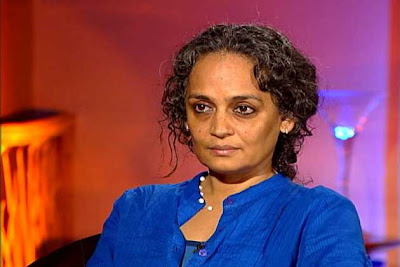The history of the Mandir-Masjid dispute during the post-Independence period is but a record of aggression by Hindu communal forces, and a series of compromises and reconciliation bids by the Central government led by the Indian National Congress, particularly under Prime Minister Rajiv Gandhi and Prime Minister P.V. Narasimha Rao.
In 1949, Hindu communal forces conducted a seven-day continuous recitation of Ramcharitamanas, which proved to be the precursor to the installation of an idol of Ram Lalla in the mosque. The fact that they got away with the defiance of the state not only emboldened them to indulge in further aggression, leading ultimately to the demolition of the Masjid. During this period, the Sangh Parivar not only organised a series of agitations to mobilise Hindus in the name of Ram but also made preparations for the construction of the temple. It assiduously built up a tempo of aggression, with Uma Bharti and Rithambara leading the charge. The finale of this carefully constructed aggression was the Rath Yatra led by Lal Krishna Advani 20 years ago, which finally led to the demolition of the Masjid in 1992.
The demolition was a criminal act according to the laws of the country, as the mosque was a 400-year-old historical monument that the state was committed to protect.While the Hindu communal forces were engaged in a progressive assault, the state was unable to solve its own political dilemma. The Congress which led the government during this period was committed to secularism in principle, but the party realised that it was not possible to survive without the electoral support of Hindus. As a consequence, the party indulged in secular rhetoric, but followed communal politics in practice. It pursued what has now come to be termed ‘soft Hindutva'. Through this means it hoped to outsmart the Hindu communal forces.
The leader who initiated this disastrous policy was Rajiv Gandhi. He ordered the opening of the locks of the Masjid, thereby permitting Hindus to perform puja inside. He did this in order to steal the thunder from the Hindu communal forces. His successor-Prime Minister pursued the policy of compromise much more vigorously, and ‘officially arranged' the shilanyas of the temple. The Congress thus became an appendage of communal forces; that is what emboldened a mob to demolish the Masjid, thus inflicting a major blow on democracy and secularism.
Decisive factor
The failure of the Indian state was a most decisive factor behind the act of demolition. As is evident from the account given later by Narasimha Rao, it is clear that the state failed to discharge its duty of protecting the monument. It failed to prevent Mr. Advani's Rath Yatra, which led to the loss of several lives: everybody knew it would have disastrous consequences. Even after the demolition, the construction of a temporary temple was not stopped. At least now the state can rectify its mistakes by charting out a bold and innovative step in line with the principles of secularism.
From K N Panikkar's article in The Hindu. More Here.





















